The double materiality analysis is a central component of the CSRD-reporting obligations and a challenge for many companies. In our consulting projects, we repeatedly encounter similar questions: How do we delineate the value chains in a meaningful way? How do we identify significant impacts, risks and opportunities? Which Stakeholders should we include?
To provide clarity, we have collected the most frequently asked questions along the six key steps of a double materiality analysis:
Contents
- Delimiting value chains
- Identification of impacts, risks and opportunities (IROs)
- Stakeholder involvement
- Evaluation of effects
- Risk and opportunity assessment
- Consolidation of the valuations
This blog post provides practical answers and guidance for companies that want to carry out their dual materiality analysis in a structured and efficient manner.
For beginners on the topic of dual materiality analysis and CSRD reporting obligations we recommend as a first overview our blog post "Insights into the double materiality analysis according to the European Sustainability Reporting Standards (ESRS)". More extensive guidelines, which we have developed together with the Municipal utility network ASEW (Working Group for Economical Energy and Water Utilisation) are described in our blog post "Guidelines for double materiality analysis" to the free download available.
Value chains: Demarcation and challenges
A key first step in the dual materiality analysis is the definition of value chains (VCs). Companies often ask themselves which value chains should be considered and how in-depth the analysis should be.
Yes, in principle all value chains should be considered in the materiality analysis. If individual value chains are to be excluded from the materiality process, we recommend a well-founded justification. This should explain why neither the financial relevance (outside-in consideration) nor the impact on the environment and society (inside-out consideration) is given.
In our opinion, the downstream value chain ends when the customer utilises the service. In the case of an IT service, for example, this would be the phase in which customers actively use the system.
Complete information on all stages of the value chain is not always available. In such cases, a transparent approach to non-transparency is recommended. Companies can use sector or approximate values to close gaps in data availability, including for subsequent reporting (see ESRS 1 5.2. para. 68 et seq.).
There is no fixed specification for the permissible depth of abstraction. The decisive factor is that the value chain remains comprehensible for third parties and that it is clear how the upstream, own and downstream VAC are composed (see ESRS 1 AR 12 for examples of the depth of VAC consideration).
Yes, existing value chain analyses, e.g. from environmental management systems (EMS) or the Supply Chain Due Diligence Act (LkSG), can be helpful in the materiality analysis. However, the LkSG primarily focusses on the upstream value chain, meaning that the company's own and downstream value chains are often not considered in the same depth.
Special challenges for general products such as electricity, heat or water
The downstream value chain of commonly used products such as electricity or water is difficult to narrow down. Utilisation can play a role here - for example, whether electricity is used for a hospital, energy-intensive production or deforestation. As there is no clear guidance on this, it is advisable to consult with the responsible auditors in order to clarify the required level of detail in advance (see ESRS 1 AR 12 b for an extensive consideration of the downstream VAC).
The definition and delimitation of the value chains forms the basis for the following steps of the materiality analysis. Companies should therefore clarify at an early stage what level of detail is required and how existing data can be utilised in the best possible way.
Once the value chains have been defined, the second step of the materiality analysis involves identifying Impacts, risks and opportunities (IROs). Questions often arise in this context, particularly regarding the differentiation between negative and positive impacts, the use of existing IRO lists and the need for stakeholder involvement.
No, in our opinion, measures to reduce negative impacts should not be recognised as positive impacts in their own right. Rather, they serve to adjust the assessment of negative impacts - for example by reducing the assessment factors of extent, scope, irreversibility or probability of occurrence. One example is the reduction of greenhouse gas emissions: This reduces a negative impact, but only represents a positive impact if additional emissions are actively removed from the atmosphere.
IRO lists from other companies can serve as a guide, especially if comparable business models and framework conditions exist. However, they should always be checked against the company's own situation and not adopted without reflection. In particular, the materiality assessment of IROs should be carried out individually, as company-specific circumstances can differ considerably.
An IRO should only be excluded prior to the materiality assessment if it can be proven that it does not occur in connection with the company's own business activities. If an IRO is only of minor relevance, we recommend that it is nevertheless taken into account in the materiality assessment and rated correspondingly low instead of being excluded completely.
The ESRS require the consideration of stakeholder interests in the materiality process, but do not provide any rigid guidelines for the integration methodology. Companies can therefore decide for themselves how they incorporate stakeholder perspectives. The next chapter shows possible ways of integrating stakeholders into the assessment process.
Not necessarily, but in most cases there are Feedback effects between effects, risks and opportunities.
Negative effects can result in financial risks. One example is the release of climate-damaging emissions: This can result in regulatory costs (e.g. CO₂ pricing) or reputational risks.
Positive effects can generate financial opportunities. A company that specifically promotes sustainable innovations can thus secure a competitive advantage.
The ESRS take up this principle several times and emphasise that companies should systematically record these interactions.
Stakeholder involvement: Which methods make sense?
A central component of the materiality analysis is the Stakeholder involvement. The ESRS define two main groups of stakeholders, also known as interest groups:
- Stakeholders affectedIndividuals or groups whose interests are directly or indirectly affected - positively or negatively - by the company's business activities. These include, for example, employees, customers, suppliers or local communities.
- Users of sustainability declarationsThese include financial market players such as investors, lenders and insurance companies, but also business partners, trade unions, NGOs, governments, academics and analysts.
The ESRS (1, 3.1, para. 24) emphasise the central role of stakeholder involvement. Cooperation with affected stakeholders is essential in order to fulfil a company's due diligence obligations and identify material sustainability-related issues. In particular, we recommend involvement for the identification and assessment of negative impacts in order to ensure a well-founded materiality analysis.
There are various methods for involving stakeholders in the materiality process. Which one is most suitable depends on the one hand on the corporate objectives that are to be achieved with the involvement and on the other hand on the stakeholder groups.
1️⃣ Integration via representatives
This method is suitable if the materiality assessment Clearly structured and independent of response rates should take place. The process runs in three steps:
1. define relevant stakeholder groups
2. select suitable representatives for each group
3. actively involve them in the materiality assessment process
This method ensures focussed and easily plannable integration and offers a high level of consistency in the results.
2️⃣ Integration by means of surveys
When stakeholder groups No experts but are intended to contribute to the fine-tuning of the materiality assessment, a short survey to.
1. identify stakeholder groups
2. obtain their assessment of the relevance of the identified IROs in a compact survey
3. use the results in particular to assess financial risks and opportunities (e.g. reputational risks)
This method is particularly suitable if a broad stakeholder group is to be involved, but no in-depth analysis by the stakeholders is required.
3️⃣ Detailed, dialogue-supported integration
When stakeholder groups talk about High level of expertise and are to be directly included in the materiality assessment, a dialogue-based approach is recommended.
1. define stakeholder groups
2. in Workshops or comprehensive Surveys Have a complete materiality assessment of the IROs carried out by stakeholders
3. expand your own assessments with stakeholder results and close gaps
This method is particularly suitable for industry associations, scientists or specialised NGOs that can contribute well-founded analyses.
Conclusion
The choice of the right stakeholder engagement method depends on the company's objectives and the specific stakeholder groups. While engagement via representatives creates a clear and efficient structure, surveys enable broad participation. Dialogue-based engagement is particularly valuable for in-depth analyses and well-founded assessments. Companies should therefore consider a combination of these methods to ensure a meaningful and robust materiality analysis.
Methods and best practice for sustainability in your mailbox

Evaluation of impacts: How to make a well-founded assessment?
The assessment of impacts is a key step in the dual materiality analysis. However, many companies face the challenge that they do not have detailed information for every value chain. Life cycle analyses or have comprehensive data available. How can a valid assessment still be made under these conditions?
In our experience, a pragmatic approach can help to make a well-founded assessment even without comprehensive analyses:
1️⃣ Is there any effect at all? - In the first step, a Yes/No question answered: Is there a recognisable impact on the environment or society? If no, the topic can possibly be excluded.
2️⃣ What is the state of the affected ecosystem or social system? - If there is an impact, it should be assessed whether the affected system already has goes beyond its limits. If this is the case, a high relevance can be derived from these two answers alone.
3️⃣ Deepening the analysis - If the system is not yet overloadedFurther questions should be included that could indicate an increased severity of the effects. These include, among others:
- Is there Strict legal limits or tough official inspections for the impact?
- Is the effect with notification obligations to supervisory authorities connected?
A helpful tool for narrowing down the evaluation is the CSR-Risk check (available here). This enables an initial assessment of potential effects along the value chain.
Yes, the ESRS expect stakeholder interests to be taken into account in the materiality process (see ESRS 1 5.2. para. 68 et seq.). However, it remains to be seen exactly how this integration should take place. Companies can choose from various methods - in the previous chapter, three ways of Stakeholder involvement presented.
If for certain parts of the value chain No company-specific data are available, you can Sector values or approximate values can be used. This is described in the ESRS 1 5.2 para. 68 et seq. explicitly mentioned and enables a Greater comparability of the results, especially in data-poor areas.
Threshold values for the Materiality are decisive for the final evaluation. These values must be defined at two central points:
1️⃣ Valuation factors: This defines when an assessment criterion (e.g. the extent of an impact) is to be regarded as low, medium or high applies.
2️⃣ Materiality value: This results from the Aggregation of severity and probability of occurrence and ultimately defines whether an impact is categorised as material.
The ESRS provide No exact method for determining threshold values before. Companies must therefore justify their methodology and the suitability of the threshold values in a comprehensible manner. One possible approach is to use the Median value as threshold value for materiality.
In addition, ESRS E2 para. 24 refers to the Utilisation of ecological threshold values. These can be based, for example, on planetary load limits or the Integrity of the biosphere orientate.
Conclusion
A valid Evaluation of effects does not necessarily require complete life cycle analyses. Companies can still achieve reliable results with a structured approach, approximate values and consideration of stakeholder perspectives. The important thing is to Define threshold values transparently and justify them in order to ensure a well-founded materiality analysis.
Assessment of risks and opportunities: integration into the materiality analysis
The assessment of risks and opportunities forms the financial part of the materiality analysis. It aims to understand how sustainability aspects can affect the economic situation of a company. The question arises as to whether this analysis does not give companies a second, parallel risk management assessment introduce.
In fact, the financial materiality assessment can Overlaps with existing risk management of a company. In the long term, it therefore makes sense to Outside-in view of the materiality assessment with the operational risk management together. The aim should be Holistic risk/opportunity assessment system The risk management system should be a system that integrates both operational and sustainability-related financial risks.
As with the assessment of impacts, the ESRS takes stakeholder interests into account in the materiality process (see ESRS 1, section 3.4). However, the standards leave this open, how exactly stakeholders must be involved. Companies can therefore choose different methods - in step 3, we have already Three ways to involve stakeholders presented.
The definition of Thresholds for materiality As with the effects (previous section), risks and opportunities are analysed at two central points:
1️⃣ Valuation factors: This is where it is determined when a risk or opportunity is to be recognised as a low, medium or high is categorised. These factors can be both qualitatively and quantitatively be defined.
2️⃣ Materiality value: This is made up of the Severity and probability of occurrence of a risk or an opportunity.
The ESRS do not provide an exact method for determining these thresholds here either before. Companies must therefore Own, comprehensible methodology develop and document. The approach Median value as threshold value for materiality is also possible here.
Conclusion
The assessment of risks and opportunities should not be viewed as an isolated process, but should be integrated into the long-term organisation of the company. Existing risk management integrated be used. The involvement of stakeholders can provide additional perspectives, but remains methodologically flexible. The Definition of threshold values is an important component of the materiality assessment - companies should change their approach clearly document and justifyto ensure a reliable assessment.
Consolidation into a double materiality analysis
The final consolidation of the results from the Inside-out and outside-in view forms the centrepiece of the double materiality analysis. For many companies, this raises the question of how the results can best be visualised and structured.
No, a Materiality matrix is not mandatory. However, it is a Optionwhich is particularly suitable as a communication tool. It is often used in a similar way to a Risk matrix in which the two dimensions of materiality - the Impact on the environment & society and Financial risks and opportunities - be mapped.
A common problem here is the choice of correct level of abstraction. One to High aggregation can lead to important details are lostwhile one that is too detailed presentation becomes confusing.
For internal analyses are recommended More detailed analyseswhich additionally
- Value chains,
- Time horizons and
- Uncertainties in the valuations take into account.
In our opinion, the Obligation to report on a specific ESRS set as soon as at least an IRO is classified as material within the assigned set. This means that if an identified risk, opportunity or impact exceeds the defined thresholds, the corresponding ESRS set must be included in the reporting. However, this does not necessarily mean that all disclosures in the topic set must be reported.
No, companies can benefit from Disclosure requirements in accordance with ESRS 1, Appendix C benefit.
For companies with fewer than 750 employees This means that in the first year only information on certain ESRS topics is required:
- ESRS E1 (Climate change),
- ESRS E2 (contamination),
- ESRS E3 (Water & Marine Resources),
- ESRS E5 (Biodiversity & Ecosystems),
- ESRS G1 (Governance, Behaviour & Culture) and
- ESRS 2 (general disclosures).
In addition, there are further exemptions from disclosure requirements in the topic sets and for companies with more than 750 employees.
But the same applies here: Only if an IRO is classified as material within one of these sets do the corresponding disclosures apply.
The term Data point includes all information required by the ESRS. These can be:
- Quantitative values (e.g. greenhouse gas emissions, number of affected stakeholders)
- Qualitative statements (e.g. descriptions of risk management processes or sustainability strategies)
In many ESRS sets, the qualitative data points. This is particularly noticeable, for example, with ESRS S3 (affected communities) and ESRS S4 (end users & customers)where it there are no quantitative data points at all
Conclusion
The Consolidation of the materiality analysis requires a well thought out Structuring the results. While one Materiality matrix can serve as an orientation guide, are for internal analyses more detailed methods advisable. In addition, companies should strategically plan your reportingin particular taking into account the Gradual implementation obligations in the first years of CSRD reporting.

Would you like to strategically position your company for sustainability and position yourself for the German Sustainability Award?
Contact us - we will support you with our sound experience and concrete solutions.
Michael Jenkner
Sparring partner for sustainability transformation and resilience




